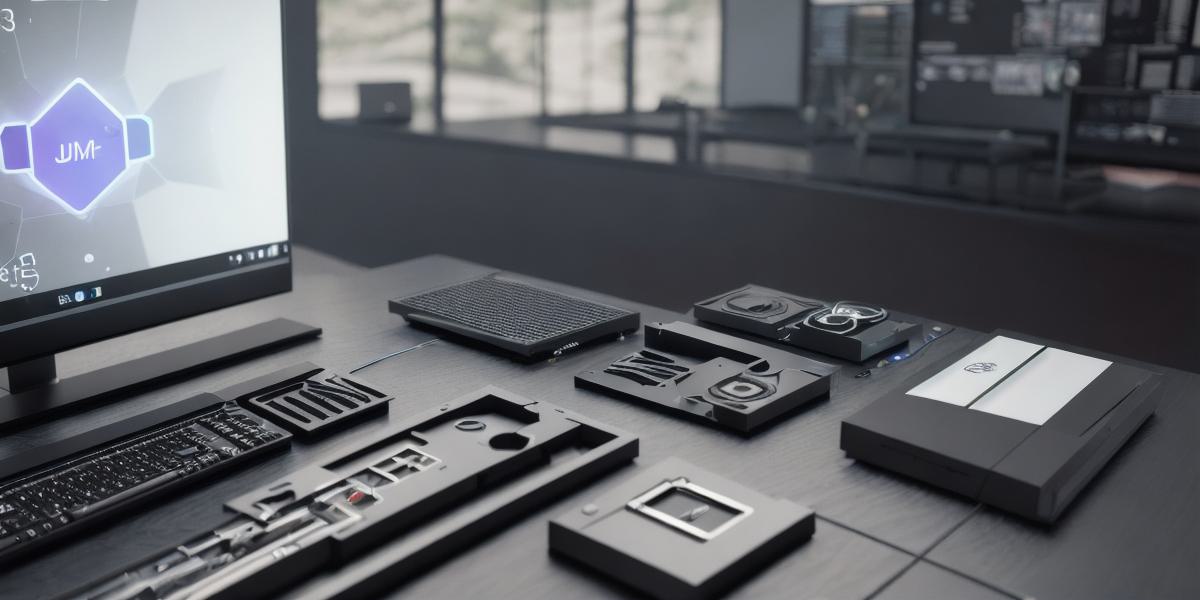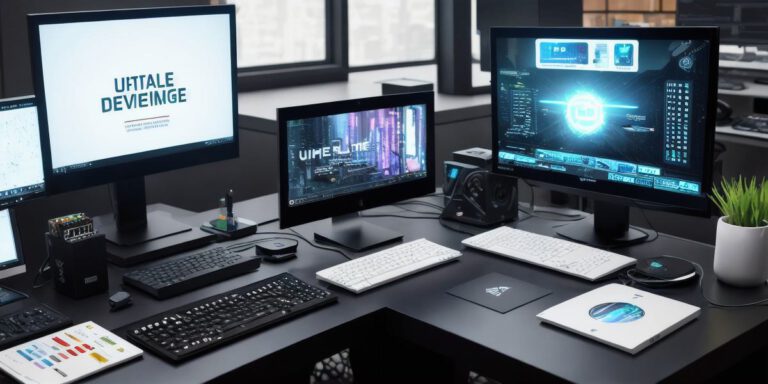Maximizing Unreal Engine 5 Performance: Is 32GB RAM Sufficient?

Maximizing performance is crucial for any developer working with Unreal Engine. In this article, we will explore whether 32GB RAM is sufficient for modern Unreal Engine projects and provide tips to optimize performance.
Unreal Engine 5 (UE5) has been designed to take advantage of the latest hardware advancements, including CPUs and GPUs. With its built-in features like LOD, ray tracing, and real-time reflections, UE5 is capable of delivering stunning visuals at a relatively low cost compared to other game engines. However, to achieve high performance, it’s essential to have enough RAM.
While 32GB RAM might seem sufficient for small projects or basic simulations, it can be quickly overwhelmed by large assets and complex scenes. As Unreal Engine projects become more ambitious, the demand for RAM increases rapidly. For instance, a high-resolution, open-world game with numerous characters and detailed environments requires at least 64GB of RAM to ensure smooth gameplay.
One way to optimize performance is by reducing the amount of data that needs to be processed by the engine. This can be achieved through techniques like LOD (Level of Detail) and texture compression, which reduce the number of polygons and textures displayed in the scene, respectively. Additionally, using high-performance hardware like SSDs and multi-core CPUs can also help improve performance.
Another crucial aspect of maximizing Unreal Engine 5 performance is managing memory usage effectively. Developers should be mindful of the amount of memory allocated to different components like textures, meshes, and particles, and make adjustments as necessary to avoid overwhelming the system. It’s also essential to monitor memory usage regularly and identify any issues early on in the development process.
In conclusion, while 32GB RAM might be sufficient for smaller projects, it is not enough for modern Unreal Engine projects with complex scenes and high-resolution graphics. Developers should consider using techniques like LOD, texture compression, and optimizing memory usage to achieve maximum performance. By doing so, they can deliver smooth gameplay and create immersive experiences that push the boundaries of what’s possible with UE5.








